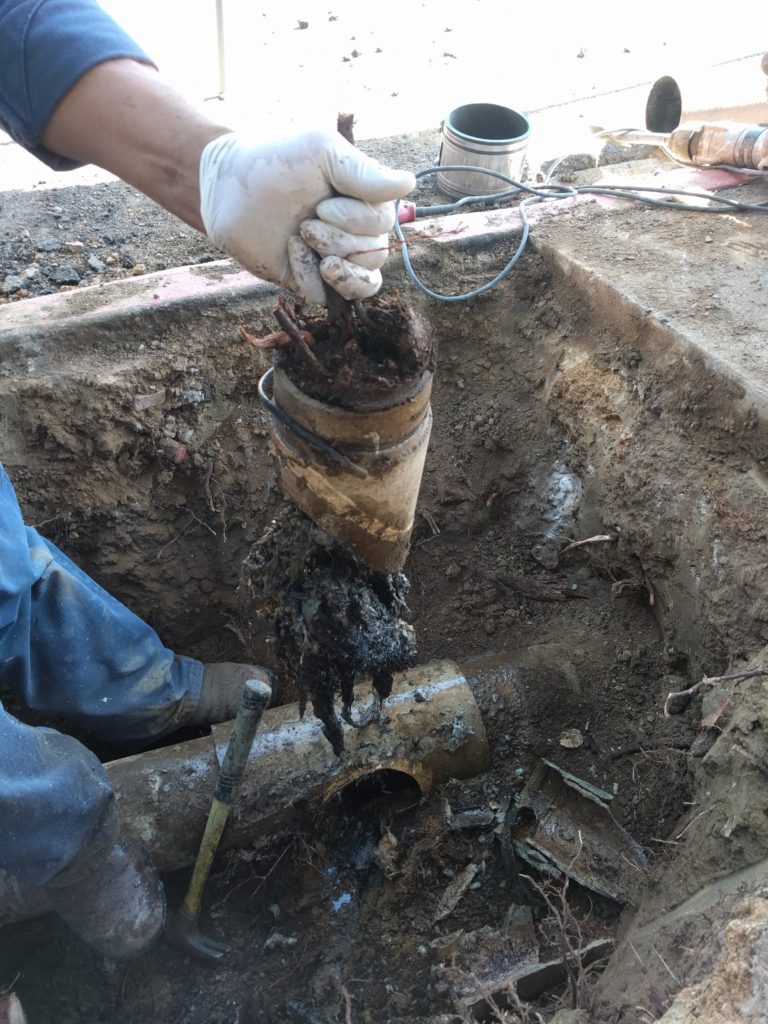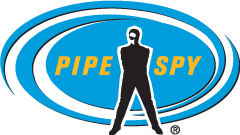A clog in your sewer line can be frustrating, especially if you don’t know what’s causing it or what to do next. Here’s how to address both minor and major clogs – and how to tell the difference between the two.
A Clogged Sewer Lateral Is a Big Problem
When clogged, private sewer laterals (PSLs) can damage other parts of your property if not addressed as soon as possible. Clogs in your private sewer lateral pipe can often affect your property’s interior, resulting in backed up sinks, tubs, showers, and toilets. The mess can be difficult and unpleasant to clean up – and in severe cases, impossible to remediate without professional help.
Soaked carpets, ruined or warped wood flooring, sinking concrete or pavement in driveways, pooling blackwater on the lawn, and muddy or damp areas under the house all pose environmental and safety risks to occupants and neighbors. If you happen to experience the calamity of a clogged sewer lateral, you’ll want to clear the clog in the sewer lateral and clean the sewer line as quickly as possible. A better solution is to ensure your private sewer later never becomes clogged.
How to Handle Small, Localized Drain Clogs
Not all clogs are created equally however, and you need to know which course of action to take to remedy your particular situation. Toilet paper clogs can be easier to remove than wet wipes and small objects clogging the sewer line. Tree root intrusion clogs can be the most difficult to clear, depending extent of the damage.
If ever you experience a backup in your sewer line, you should always call a professional. Inexperienced homeowners can end up doing more damage than good. But for minor clogs local to your property’s interior, you may be able to treat them with a these smart prevention tips:
- Take care of your property’s interior drain lines. Don’t dump food waste such as flour, coffee grounds, sugar, eggs, grease – or any substances that can cause buildup – into your drains. Keep your drain stoppers clear of food and debris as much as possible.
- When using your garbage disposal, run plenty of water down your drain to facilitate movement of the waste down the line.
- Natural enzyme treatments can slowly dissolve material deposits in your sewer line. Enzymatic drain cleaners are readily available on the consumer market today. While we don’t advise using chemical agents to treat your drains, you can apply an enzyme treatment about once a year. The annual treatment will clear out your drains over the course of a few months.
- Important: Get a professional sewer lateral video inspection every 2-3 years to stay informed about the condition of your sewer lateral and ensure there is no damage or compromise to the sewer line.
How To Identify A Serious Clog In Your Sewer Line

For clogs causing major problems such as recurring backups, pooling water in the yard, or standing water in sinks, tubs, and appliance lines, you should pay attention to the early warning signs. Look out for the following symptoms:
- Drains that clear slowly or make a gurgling sound
- Multiple interior drains backing up or clogged at the same time
- Drains that backup when other drains are being used
Those are all signs of a bigger problem with your sewer lateral. If these symptoms begin to appear, call a professional sewer plumber right away. You may not be able to get an appointment the same day. In the event that you must take emergency measures to stop constant leaking and backups – or just get the sewer line clear enough to make the facilities usable, you can try these possible solutions:
- Pouring hot water down the drain and letting it sit for a while so the drain eventually unclogs on its own
- Using a force ball plunger to apply pressure, forcing water and other remains further down the line; the key here is to create a good seal between the plunger and the drain opening to get optimal pressure
- If running water in the plumbing fixtures is backing up in the house at the lowest plumbing connected to the sewer lateral, stop running water draining into the pipes. Stop showering and stop the washing machine. Call a professional drain cleaning specialist and let them know where the sewer cleanout is located.
- Call an emergency rooting service to clear the line and get it working enough to have a proper video inspection to diagnosis your sewer

Remember, if your sewer lateral has standing water present, it won’t be easy to get clear video of the line. Let your sewer professional know about standing water or other complications you may notice, so that they can bring the right equipment for the tasks they need to perform.
Finally, having the sewer line cleared and cleaned by a professional is usually the best option when you get a clog that won’t go away using DIY methods. Choosing the right sewer contractor can save you money and give you peace of mind, knowing you won’t have to worry about recurring problems.
If you’re experiencing frequent sewer clogs and think you might have an issue with your sewer lateral, call us at Pipe Spy right away. We’re here to help! We serve clients in Oakland, Alameda, Berkeley, Hayward, Richmond, and the entire East Bay region.

